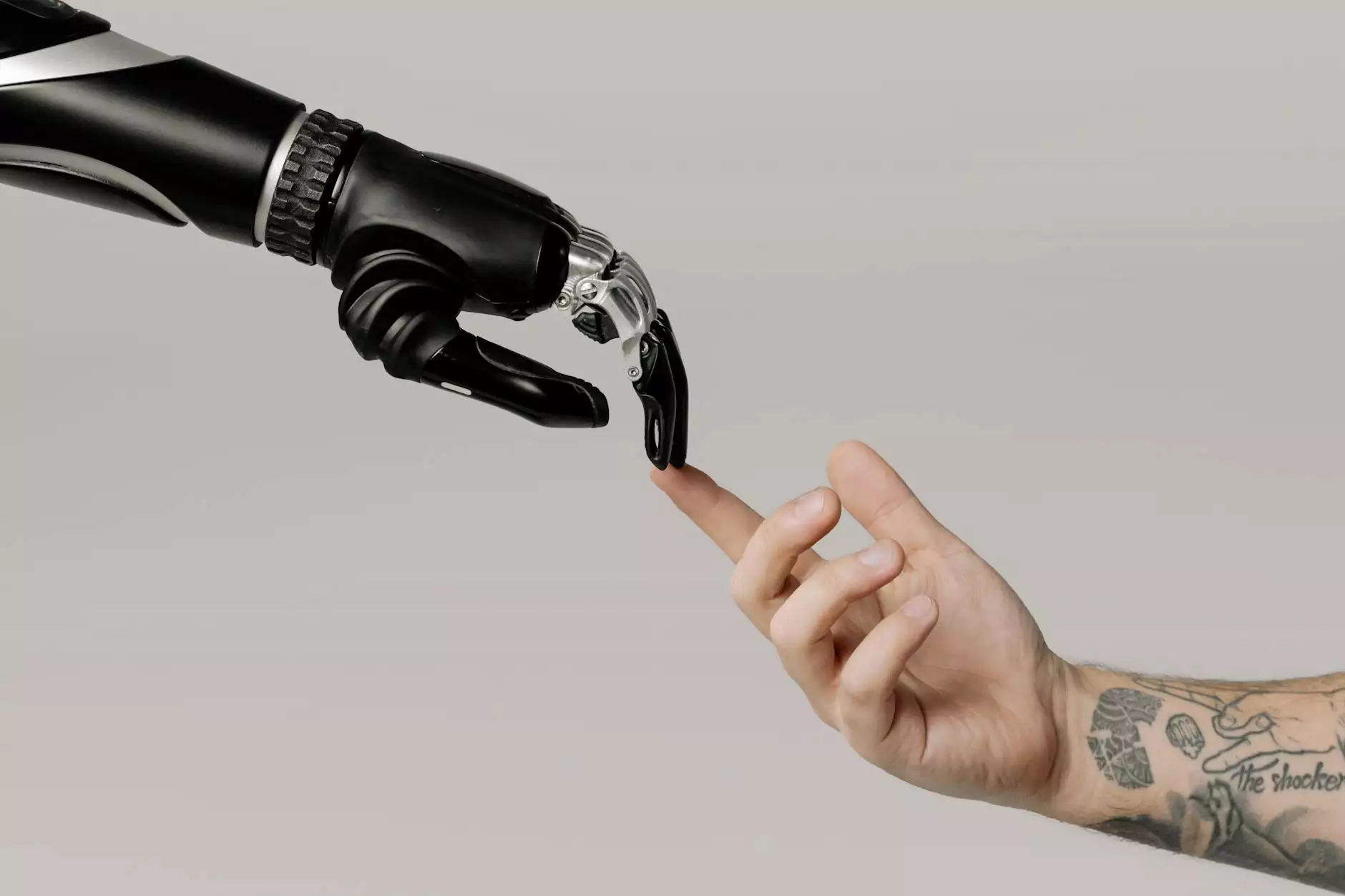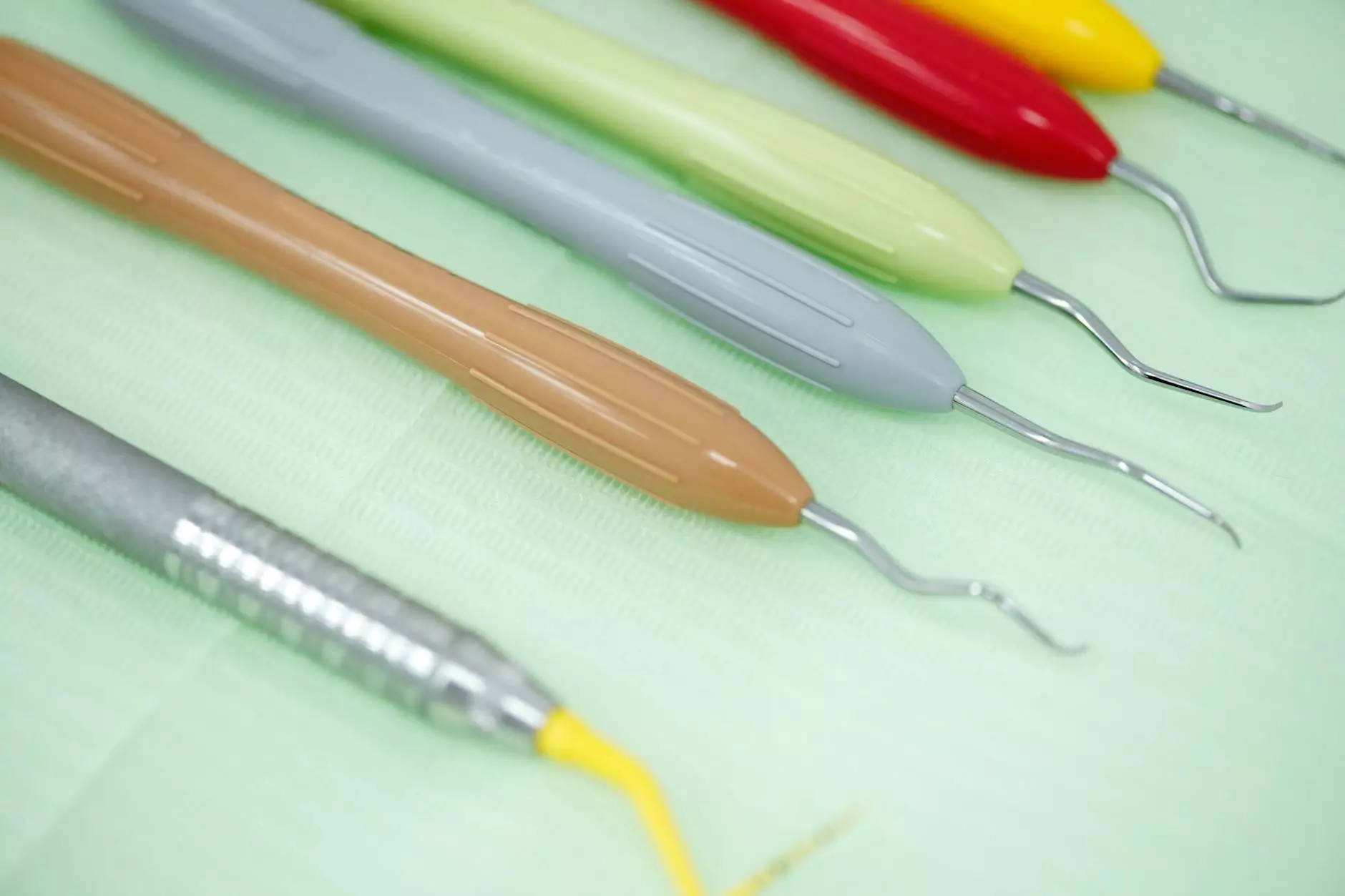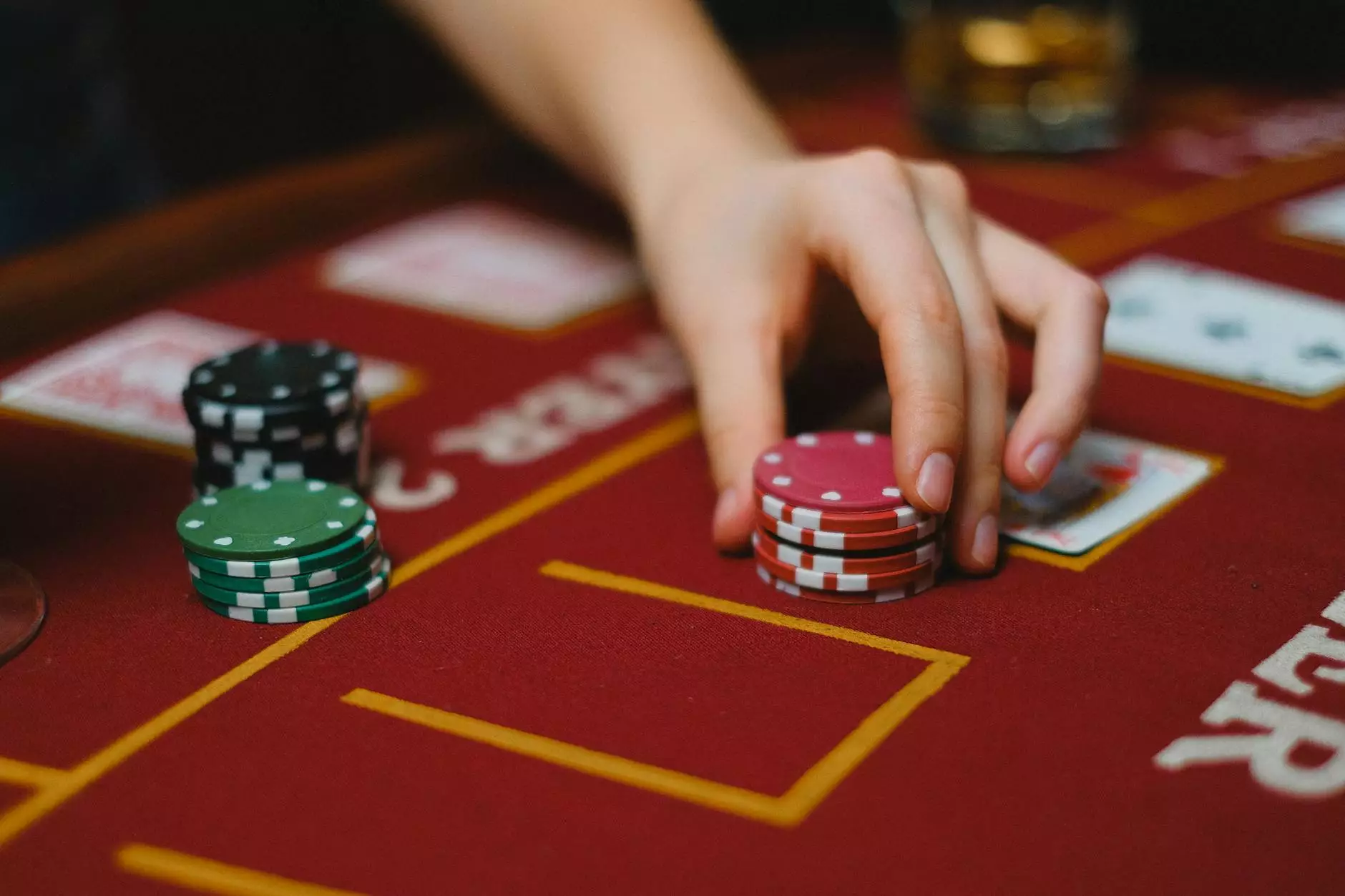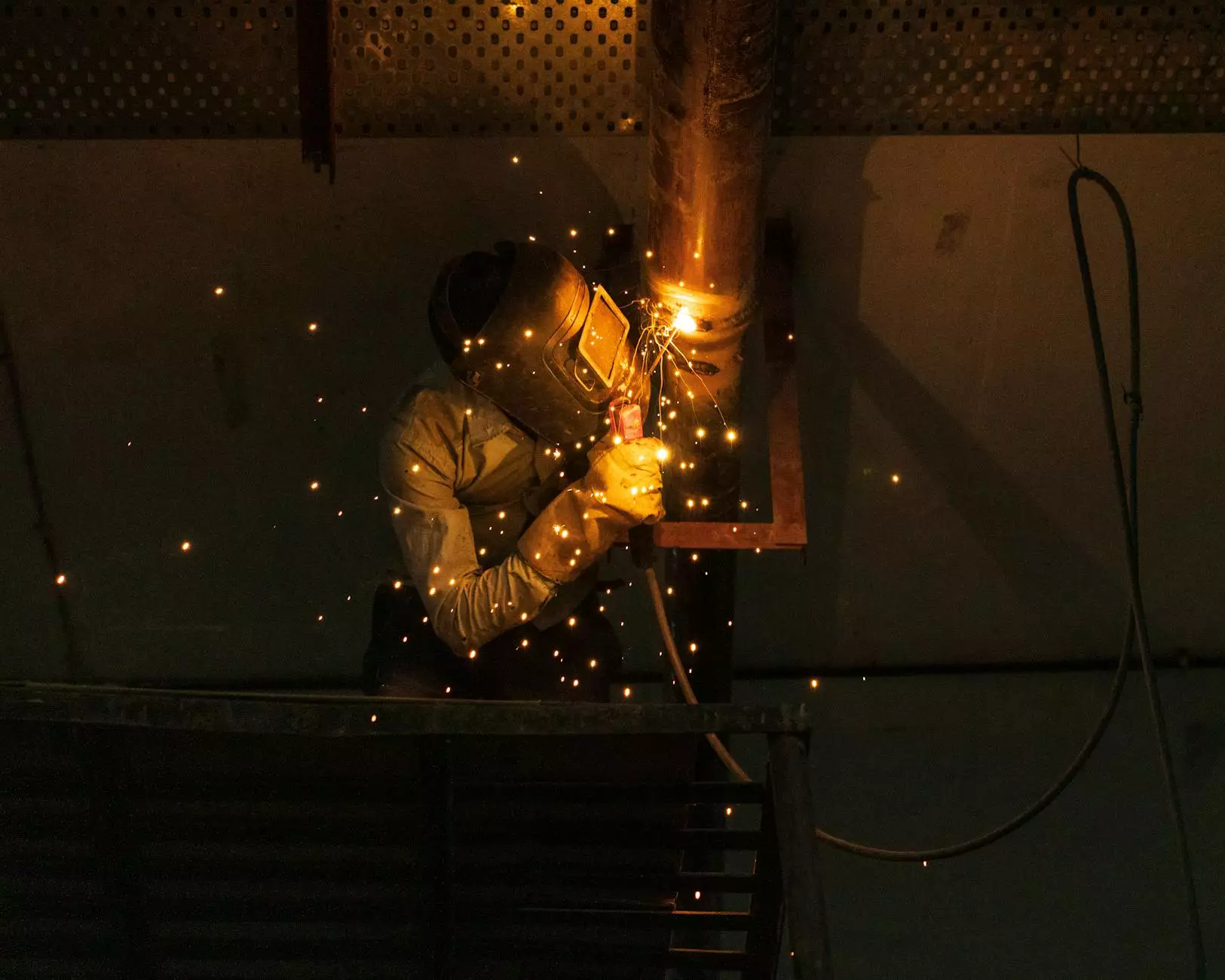Tendinopathy Versus Tendonitis: Understanding the Differences and Treatment
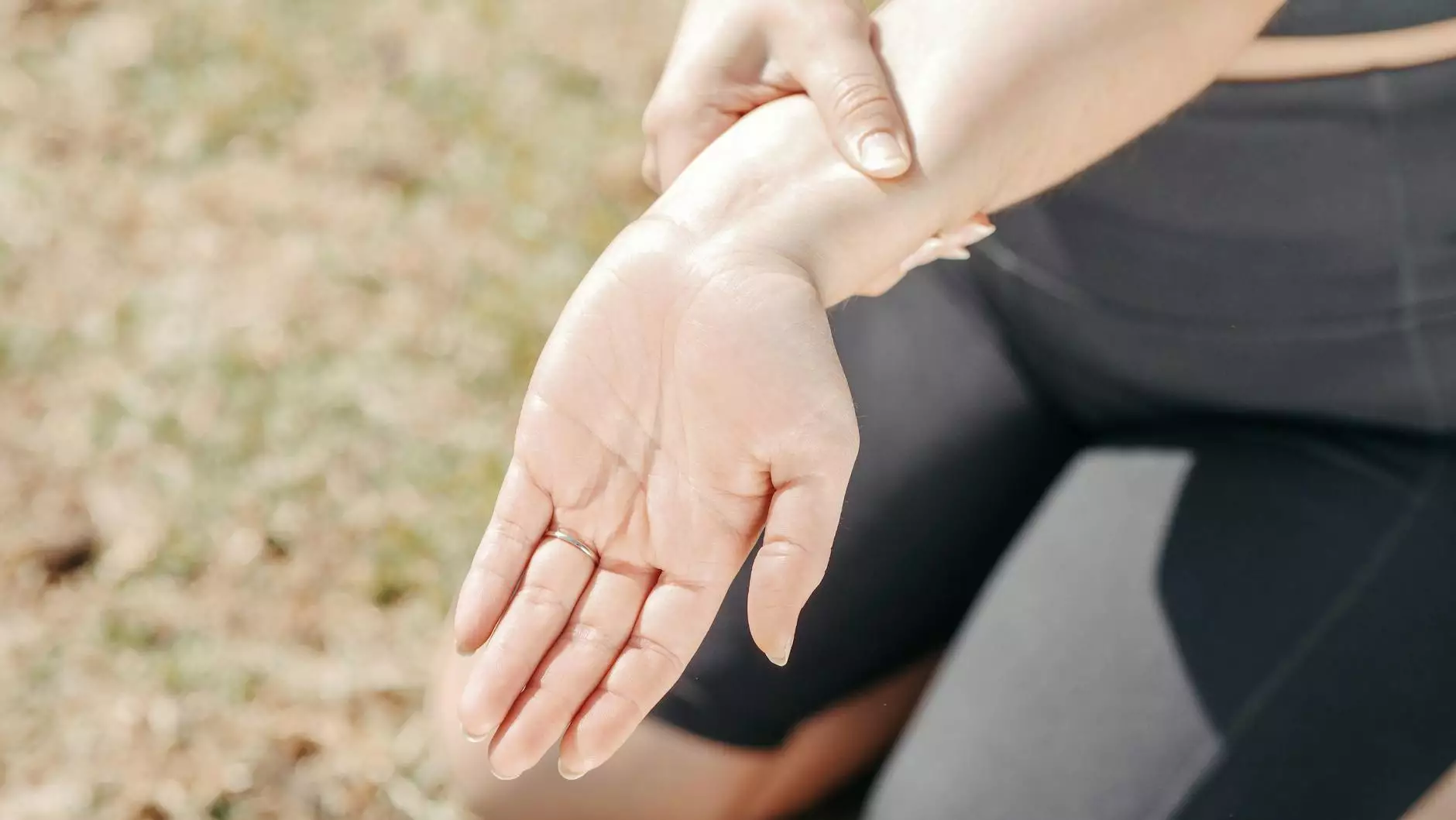
Tendinopathy and tendonitis are common musculoskeletal conditions that affect many individuals, particularly athletes and those engaged in physical labor. Despite the similarities in their names and some overlapping symptoms, these two conditions are distinct in their characteristics, causes, and treatment approaches. This article will delve deep into the nuances of tendinopathy versus tendonitis, helping you understand how to recognize, treat, and manage these conditions effectively.
What is Tendinopathy?
Tendinopathy is a general term used to describe any disease or condition of a tendon. It encompasses a range of tendon disorders, including both tendonitis and tendinosis. Tendinopathy is often characterized by chronic pain and dysfunction, primarily due to a prolonged injury or overuse of the tendon without adequate recovery.
Causes of Tendinopathy
The causes of tendinopathy can vary considerably and may include:
- Overuse or repetitive motion: Engaging in repetitive tasks, especially in sports or manual work, can lead to cumulative damage to the tendon.
- Aging: As individuals age, tendons lose elasticity, making them more susceptible to injuries.
- Nutritional deficiencies: Lack of essential nutrients may impair tendon health.
- Structural abnormalities: Pre-existing anatomical issues can increase the risk of developing tendinopathy.
- Ill-fitting footwear: In athletes, especially runners, wearing improper shoes can contribute to increased strain on the tendons.
Symptoms of Tendinopathy
The symptoms of tendinopathy typically include:
- Pain: Often a dull ache near the tendon, which may worsen with activity.
- Stiffness: Reduced flexibility in the affected area, particularly after periods of rest.
- Swelling: Mild swelling may occur around the tendon, though it is less pronounced than in tendonitis.
- Crepitus: A crackling sound or sensation during movement of the tendon.
What is Tendonitis?
Tendonitis specifically refers to the inflammation of a tendon. This condition is usually acute and arises after a sudden injury or overused condition, leading to swelling and pain. Tendonitis is often a precursor to tendinopathy if left untreated.
Causes of Tendonitis
The primary causes include:
- Acute injury: A sudden injury to the tendon can lead to tendonitis.
- Repetitive movement: Like tendinopathy, repetitive motions can result in irritation and inflammation.
- Underlying health conditions: Diseases such as diabetes or arthritis can increase the risk of tendonitis.
Symptoms of Tendonitis
Symptoms of tendonitis typically include:
- Sharp pain: Usually localized around the point of tendon attachment.
- Swelling and warmth: Noticeable swelling and warmth around the affected tendon site.
- Limited range of motion: Difficulty in moving the affected joint.
Tendinopathy Versus Tendonitis: Key Differences
Understanding the differences between tendinopathy and tendonitis is crucial for effective treatment:
- Duration: Tendonitis is typically an acute condition, while tendinopathy is chronic and can develop over time.
- Inflammation: Tendonitis involves inflammation, whereas tendinopathy may not present significant inflammation.
- Recovery Time: Tendonitis may respond more quickly to rest and treatment, while tendinopathy may require a longer rehabilitation period.
- Treatment Approaches: While both conditions may use similar treatment strategies, tendinopathy may necessitate more comprehensive rehabilitation programs focused on strengthening and optimizing tendon health.
Treatment Options for Tendinopathy and Tendonitis
Addressing both conditions effectively requires a tailored approach based on the specific diagnosis. Common treatments include:
Rest and Activity Modification
A crucial step in healing is to rest the affected tendon. Engaging in modified activities can minimize further strain while allowing the tendon to recover.
Physical Therapy
Physical therapy can play a significant role in improving range of motion, strength, and function. A qualified physiotherapist will develop a personalized exercise regimen aimed at ameliorating symptoms and preventing re-injury.
Medication
Non-steroidal anti-inflammatory drugs (NSAIDs) may be utilized to alleviate pain and reduce inflammation in tendonitis cases. However, their use in chronic tendinopathy is more nuanced and should be managed carefully.
Injections
In certain scenarios, corticosteroid or PRP (platelet-rich plasma) injections may be recommended to reduce inflammation and promote healing.
Surgery
If conservative treatments fail, surgical interventions might be necessary. This is typically reserved for severe cases of tendinopathy where tendon repair or debridement is needed.
Prevention Strategies
Preventing both tendinopathy and tendonitis involves several strategies aimed at optimizing tendon health:
- Gradual progression: Increase the intensity and duration of physical activities slowly to avoid overuse injuries.
- Proper warm-up and cool-down: Always warm up before activities and cool down afterward to prepare the tendons for exertion.
- Strength training: Incorporate strength and flexibility exercises into your routine to support tendon resilience.
- Use proper equipment: Ensure that footwear and equipment are suitable for your activities to reduce strain.
- Listen to your body: Pay attention to the body's signals and address pain or discomfort promptly.
Conclusion
In summary, understanding the distinctions and similarities between tendinopathy and tendonitis is essential for effective treatment and prevention. While both conditions can significantly impact mobility and quality of life, tailored treatment plans that include rest, physical therapy, proper medications, and preventive measures can lead to recovery. If you suspect that you are suffering from either condition, it is crucial to seek advice from a qualified healthcare provider, such as a chiropractor or physiotherapist, who can guide you through the recovery process and help you return to your normal activities without pain.
For additional information and resources related to health and medical conditions, consider visiting IAOM-US.
